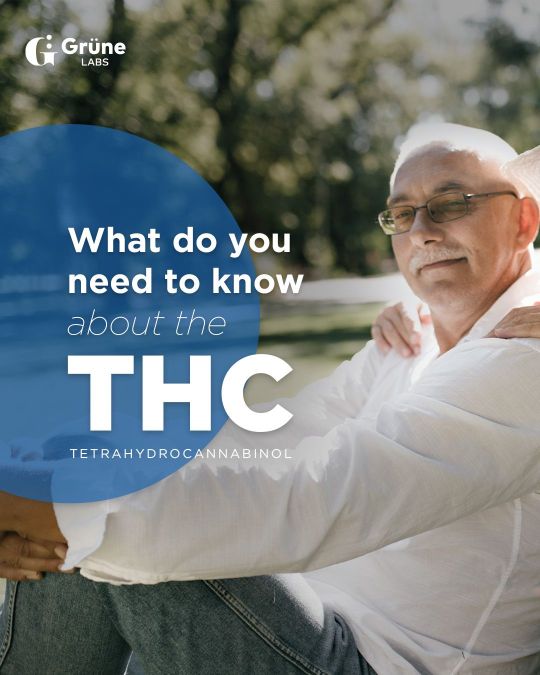Don't wanna be here? Send us removal request.
Text
The European cannabis industry is growing and creating jobs in almost all countries, due to the regulation of medical cannabis. With the expected legalization of adult use in several European countries, the cannabis industry is expected to create hundreds of thousands of jobs and be worth up to $57.000 billion over the next 5 years. This is a great time to find a career in what is likely to be the fastest growing industry Europe has ever seen. As in any business area, if you manage to enter the market early, you will be able to gain experience and grow with the sector.

0 notes
Text
Cannabinoids have a biphasic effect on blood pressure (BP), with low doses causing sympathetic stimulation, with an increase in BP, while higher doses result in parasympathetic stimulation, with a decrease in BP. These conclusions do not imply that there is a dose-response relationship between CBD and THC in PA. Chronic pain, the most frequent reason for using cannabinoids, is associated with elevation of BP, and the analgesic effect of cannabis is another possible explanation for the reduction in BP. However, with analgesia, heart rate (HR) is expected to decrease, as is BP, but with cannabis use, there does not appear to be a concomitant decrease in HR. Cannabis, and specifically THC, has a well-proven tachycardic effect, but the acquisition of tolerance to this effect develops within days to weeks, and there does not appear to be an increase in heart rate and/or arrhythmias 3 months after using cannabis. It is important to note that the rate of adverse effects depends on the patient's comorbidities. The endocannabinoid system is known to modulate lipogenesis via type 1 cannabinoid receptors on adipocytes and by several other mechanisms, and several studies have reported that cannabis use is associated with lower LDL, insulin and fasting blood glucose levels, insulin resistance, HbA1C, BMI and waist circumference. However, these results are not yet strongly consolidated. -- Os canabinóides apresentam um efeito bifásico na pressão arterial (PA), sendo que doses baixas causam estimulação simpática, com elevação da PA, enquanto doses mais altas resultam na estimulação parassimpática, com diminuição da PA. Estas conclusões não implicam que haja uma relação dose resposta entre CBD e THC na PA. A dor crónica, o motivo mais frequente para o uso de canabinóides, está associada ao aumento da PA, e o efeito analgésico da canábis é outra possível explicação para a redução da PA. No entanto, com a analgesia é esperado que a frequência cardíaca (FC) diminua, assim como a PA, mas com o uso de canábis não parece haver uma diminuição concomitante na FC. A canábis, e especificamente o THC, têm um efeito taquicárdico bem comprovado, mas a aquisição de tolerância a este efeito desenvolve-se dentro de dias a semanas e também não parece haver aumento da frequência cardíaca e/ou arritmias 3 meses após o uso de canábis. É importante referir que a taxa de efeitos adversos, dependem das comorbidades dos doentes. Sabe-se que o sistema endocanabinóide modula a lipogénese via recetores canabinóides tipo 1 nos adipócitos e por vários outros mecanismos, e vários estudos relataram que o uso de canábis está associado a menores níveis de LDL, insulina e glicemia em jejum, resistência à insulina, HbA1C, IMC e perímetro abdominal. No entanto, são necessários mais estudos.

0 notes
Text
Tetrahydrocannabinol (THC) is one of the most studied compounds in the #cannabisplant, but to think that the entire pharmacology of the cannabis plant boils down to this compound is far from the truth. #THC is also the main psychoactive component of cannabis. THC has a molecular structure of 21 carbon atoms, 30 hydrogen atoms and two oxygen atoms. THC is chemically similar to the body's #endocannabinoids, which allows it to interact with cannabinoids and other receptors. The interaction of THC with cannabinoid receptors affects the release of neurotransmitters, chemicals responsible for transmitting messages between cells and have roles in #pain, immune function, #stress and #sleep, among others. Professor Mechoulam carried out the identification and isolation of the molecular structure of THC in 1964. 🔍 THC is a partial agonist of CB1 and CB2 receptors in the brain, centrally and peripherally, showing analgesic, antipruritic and bronchodilator effects and therefore used in treating asthma. It is also a potent neuroprotective antioxidant, helping to prevent brain damage. In addition to its activity on the CB1 receptor, THC is a potent analgesic and anti-inflammatory via non-CB1. It shows 20 times the anti-inflammatory potency of aspirin and two times that of hydrocortisone. But it doesn't inhibit COX-1 and COX-2, nor present the same cardiovascular risk as typical NSAIDs. It is also a potent muscle relaxant, approved in treating spasticity associated with #MultipleSclerosis, namely a drug, with a standardised dose, and a THC:CBD 1:1 ratio, which releases 2.7mg of THC and 2.5mg of CBD, in each application (nabiximols). And, of course, THC is a potent antiemetic, particularly in #chemotherapy treatment situations. It is the basis for the synthetic cannabinoid Marinol® creation, approved for treating chemotherapy-induced nausea and vomiting in the USA. Besides, THC apparently inhibits beta-amyloid plaque formation, associated with #Alzheimer's disease pathophysiology.

1 note
·
View note